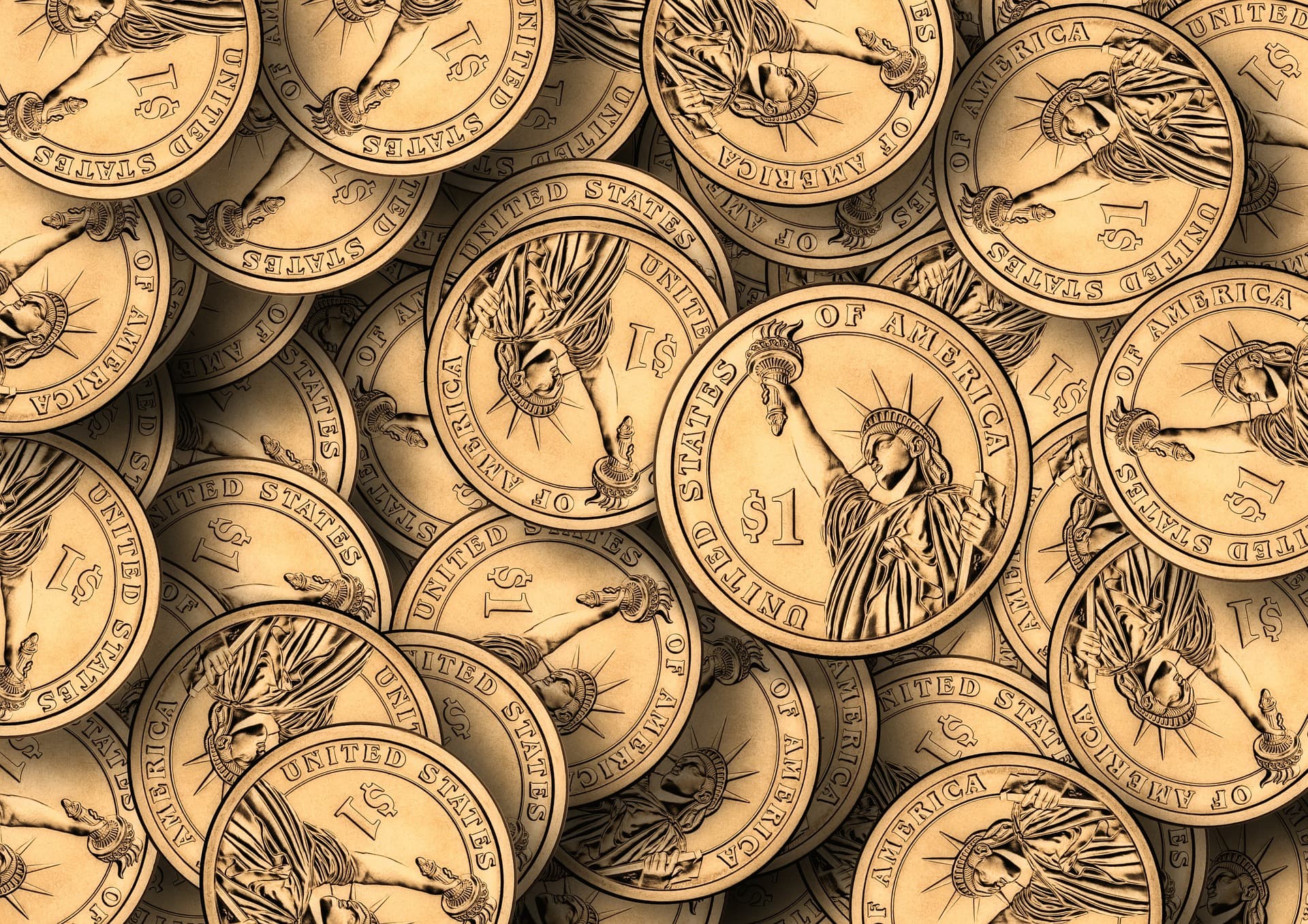This website uses cookies so that we can provide you with the best user experience possible. Cookie information is stored in your browser and performs functions such as recognising you when you return to our website and helping our team to understand which sections of the website you find most interesting and useful.
Blog
Buying plastic seals? Check our selection guide
As a manufacturer of security seals, we are aware that today’s user is faced with a huge range of plastic seals: It is almost as large as the uses for these little pieces of plastic. Deciding which plastic seals to purchase can become an odyssey in search of the right model. How can we choose the right plastic seal? What should we bear in mind?
5 key aspects to bear in mind before buying plastic seals
1. Application of plastic seals
The starting point must always be the use to which the plastic strap seal will be put. In our section on the uses of plastic seals, you can find a wide selection of options. Plastic seals are present in lorries, fire extinguishers, food products (of which ham is the best known), gas and electricity meters, emergency kits and even retail and online sales.
2. Types of plastic used in security seals

How can we tell which is the most suitable? To answer this we need to ask another question: What will be the conditions of use? What temperature should it stand? Will it be in contact with corrosive materials?
Each product data sheet shows the particular features the type of plastic provides to the seal. Nylon, for example, provides high resistance to flexibility which is very useful in the case of the hangers for ham. Other plastic seals such as Ten-Lok (see photo on the right) combine nylon and polypropylene for the various different parts.
3. Level of security guaranteed by plastic strap seals
The level of security required is closely linked with the products it will be used to protect. For higher value ones, plastic seals should have a greater level of security. The level of security is measured based on the tensile strength of the seals, as discussed in our article on types of seals according to the security they provide.
At the same time, it should be noted that many of the security seals must conform to the guidelines required by the various regulations related to their use. For example, ISO/PAS 17712 for seals and transport of goods, or those related to tachographs.
4. Types of plastic seal by shape and lock
The shape of each plastic seal is related to its end use. In this sense, the question to ask will be: What shape and size of plastic seals are suitable for the use?
Some of the most common are: strap-seal-type, button-type, anchor-type and bottle-shaped seals. In general, the size of strap seals can be customized according to specific needs.
5. Customization options for plastic seals

- Will they need to carry any special marking? For instance, a number or a brand logo.
- And what kind of traceability should the seals allow? Sometimes there may be a printed bar code, but they can also incorporate RFID (Radio Frequency IDentification) systems.
- And what about the colour? Often the actual colour of the seal is an important identification element.
You can check our marking types for security seals here.
If you still have questions regarding the selection of plastic seals, do not hesitate to contact us and we will be happy to advise you. We look forward to hearing from you!






